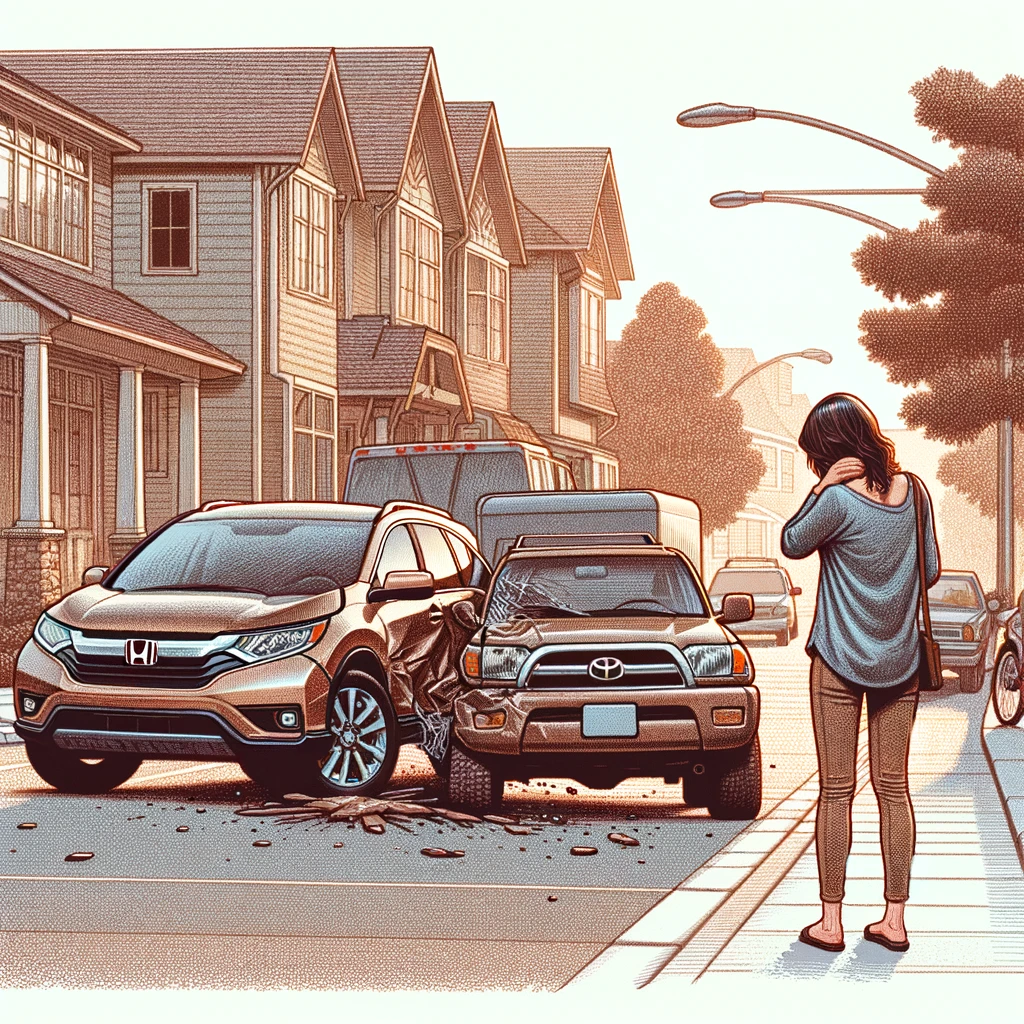
Sarah, a young architect with a busy schedule, stops for coffee on her way to a client meeting. As she steps out of her car, her foot slips on a nearly invisible oil patch in a grocery store parking lot. In an instant, she’s on the pavement—stunned, hurting, and overwhelmed. Her mind doesn’t immediately jump to legal matters—it’s more personal: How am I supposed to afford all of this?
If you’ve ever faced an unexpected injury, you likely understand the anxiety that follows—not just from the pain, but from the looming medical bills, insurance processes, and confusing paperwork.
At Adjust Clinic, we’ve helped many patients like Sarah recover not just physically, but with peace of mind. This guide breaks down what to expect after a personal injury: who pays the bills, how medical liens work, what role insurance plays, and how behind-the-scenes processes—like credentialing—quietly help everything flow smoothly.
When you’re injured, your first instinct is to get the care you need. But the moment you step into a clinic or emergency room, a new worry begins to surface:
Here’s how it usually works.
1. Health Insurance
If you have a private or employer-provided plan, your insurance will likely cover the initial treatments after deductibles and copays. In Sarah’s case, her PPO covered the ER visit and some of her physical therapy sessions.
2.Auto Insurance (PIP/MedPay)
Had her injury been from a car accident, her Personal Injury Protection (PIP) or MedPay coverage would’ve kicked in first, regardless of fault, up to the policy limits.
3.Workers' Compensation
For job-related injuries, workers' comp covers medical care with no up-front cost to the patient.
1. At-Fault Party’s Liability Insurance
If a third party caused your injury—like the store that failed to clean up a spill—their liability insurer becomes responsible for your treatment once fault is confirmed.
2. Uninsured/Underinsured Motorist (UM/UIM)
If the at-fault person’s insurance isn’t enough to cover your medical bills, your own uninsured or underinsured motorist coverage can help fill in the gap.
3. Medical Liens
If immediate insurance coverage is lacking or slow to pay, some clinics (like Adjust Clinic) provide treatment under a medical lien, deferring payment until your case settles.
A medical lien is an agreement between you and your provider: they treat you now and get paid later—from your eventual settlement. It’s a safety net when health insurance, MedPay, or other coverage isn’t immediately available or enough.
1.You’ll sign a lien agreement so treatment starts now and payment comes later, after your case settles.
2.The clinic treats and documents everything—adjustments, therapy, progress notes.
3. Once your case settles, your attorney pays off the lien from the settlement amount before you receive the remainder.
Important to Know: If your case doesn’t result in a settlement, you may still be responsible for the costs. That’s why having legal and clinical documentation in order is key from the start.
Imagine Sarah’s health insurance covers her MRI, ER visit, and some rehab. Later, once she gets a settlement, her insurer may ask for reimbursement—that’s called subrogation.
Subrogation lets your insurer get reimbursed from your settlement by recovering what they paid on your behalf from the at-fault party’s insurance.
In many cases, insurers are open to negotiation. If Sarah’s final bills totaled $10,000, her insurer might accept a repayment of $5,000 to $7,000, especially if her remaining settlement funds are limited.
The best credentialing company can step in to negotiate directly with insurers on your behalf, helping to resolve billing disputes and secure the best possible outcome in real time.
For slips and falls on private or commercial property, the property owner’s liability insurance typically covers treatment—once negligence is established.
Proof might include:
For workplace injuries, WC pays for treatment—regardless of who caused it. If a third party contributed (e.g., faulty equipment), you may file an additional claim against that entity. In such cases, WC can also assert subrogation rights on your third-party recovery.
Understand lien terms before signing—check for interest rates, admin fees, and ask if anything’s unclear.
Notify your health plan early about your personal injury claim to avoid unexpected subrogation issues later.
Choose an attorney experienced in medical liens who can negotiate reductions and protect your settlement.
Stay organized with a digital or physical folder containing medical records, billing statements, and insurance communication.
Never rush to settle—make sure all current and future medical expenses are covered, and that you’re not signing away rights to unknown injuries or conditions.
At Adjust Clinic, we’re committed to doing more than just helping you feel better—we’re here to support your entire recovery journey.
1. Provide High-Quality Treatment
From spinal alignment to soft-tissue therapy and guided rehab, we help patients regain function and get back to their lives. Every visit is documented thoroughly to support your claim.
2. Work Seamlessly with Legal and Insurance Partners
We maintain clear lien agreements, verify liability when needed, and communicate directly with attorneys and adjusters. Our administrative setup—including proper credentialing—means your care and settlement process don’t stall due to technical or billing issues.
A medical lien lets you receive care now while deferring payment until settlement. It’s paid before you receive funds—so always review terms beforehand.
If your insurer paid medical bills, they may claim part of your settlement. Your attorney can often negotiate a reduced repayment amount on your behalf.
Sarah’s recovery shows what’s possible with the right care and legal support. At Adjust Clinic, we’re here to help you heal confidently—without letting confusing medical bills or insurance hurdles stand in your way.